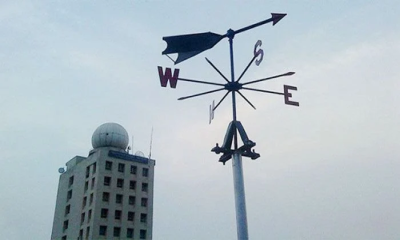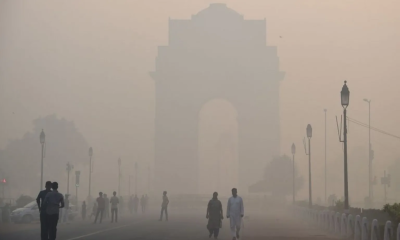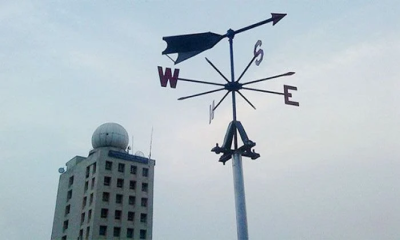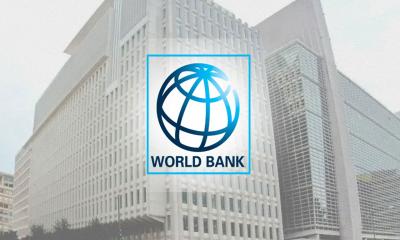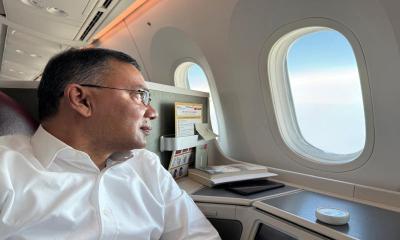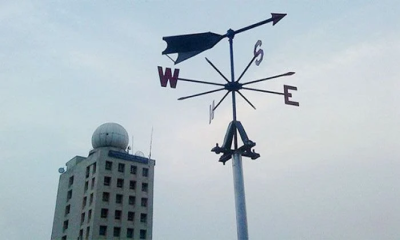Despite a recent US decision to reduce supplementary tariffs on Bangladeshi imports, the Bangladesh Garment Manufacturers and Exporters Association (BGMEA) has said the development offers no room for complacency.
Speaking at a press conference at the BGMEA headquarters in Dhaka on Saturday, BGMEA President Mahmud Hasan Khan noted that the latest executive order from the United States clarified that discussions are ongoing with certain countries over trade and security agreements.
“If finalized, these agreements may result in even lower tariffs for those countries. Therefore, Bangladesh must continue diplomatic engagement,” he said.
On April 2, shortly after assuming office for a second term, US President Donald Trump announced steep tariffs on over 100 countries, with Bangladesh facing a 35% supplementary tariff on its exports.
Following rounds of discussions between the two countries, Bangladesh took several steps to reduce the trade deficit, aligning with US concerns. After several bilateral meetings, Washington announced on Thursday that the supplementary tariff on Bangladeshi goods would be reduced to 20%.
While expressing gratitude to both the US and Bangladeshi governments for this development, the BGMEA president emphasized that the 20% tariff would still raise production costs for exporters.
“The government needs to step in to ensure that small and medium-sized factories are not pushed out of business. We hope all necessary policy support from the government will continue, and that relevant institutions like the NBR will become more efficient. Uninterrupted power and gas supply is also essential for the sector,” he said.
He added that the new 20% tariff places Bangladesh on par with or close to its key competitors, including China and India. Currently, about 20% of Bangladesh’s total export earnings come from the US, and roughly 87% of those exports are from the apparel sector.
Khan recalled that the Trump administration initially imposed a 37% supplementary tariff on Bangladeshi goods, which was later temporarily suspended for three months to allow space for negotiations. However, this led to uncertainty among exporters regarding how best to respond.
Eventually, the US reduced the tariff to 35%, but confidentiality agreements during negotiations meant the private sector was left out of the loop. “The government didn’t disclose the details or even the draft of what was being negotiated,” he said.
Khan added that it was through BGMEA’s initiative that contact was made with lobbying firms to facilitate further dialogue with US officials.
What’s the current total tariff burden?
According to the BGMEA president, Bangladesh previously paid an average of 16.5% under the Most Favored Nation (MFN) status. With the new 20% supplementary tariff, the total average tariff now stands at approximately 36.5%, though the final rate will vary by product category.
Khan noted that around 75% of Bangladesh’s US exports are cotton-based garments. Under the latest executive order, products containing at least 20% US-origin raw materials, such as cotton, will be exempt from the additional 20% tariff on that portion of materials. “This means exporters using American cotton can enjoy partial relief from the new supplementary duties,” he said.


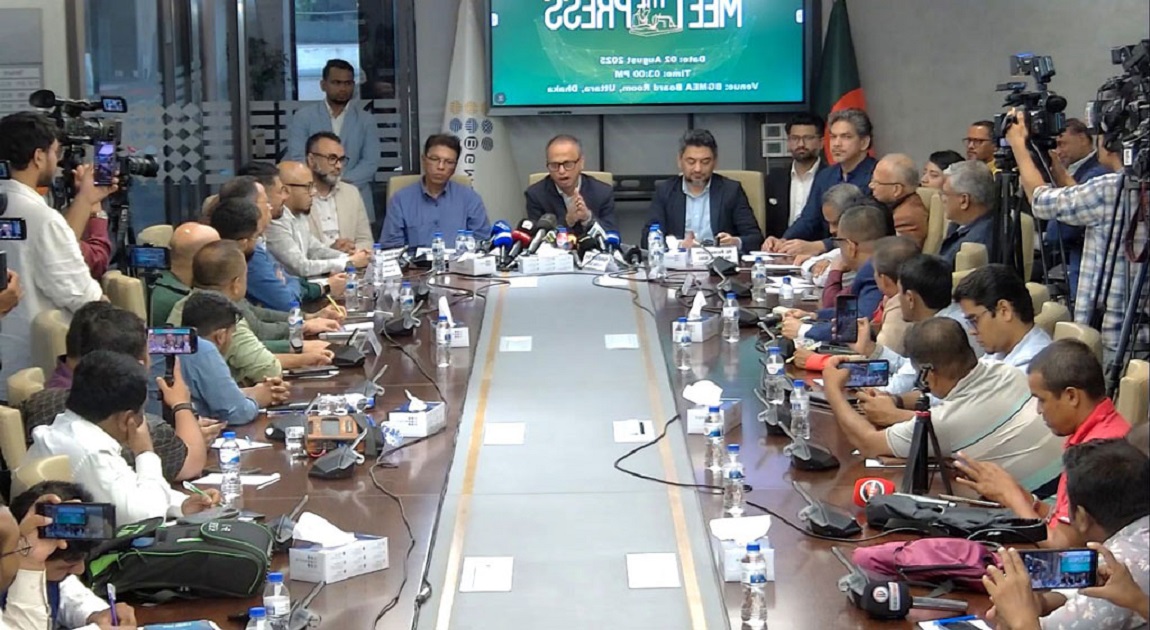

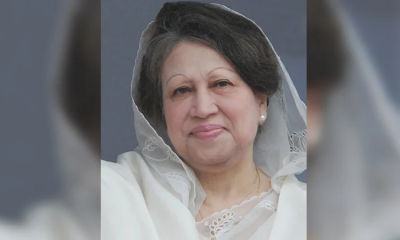

-20251228081840.jpeg)
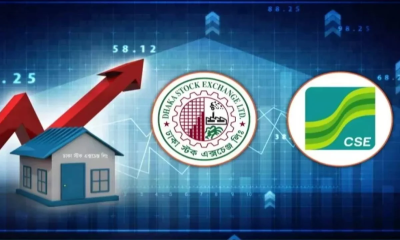
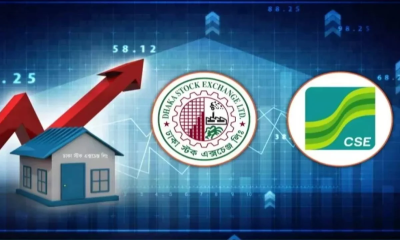
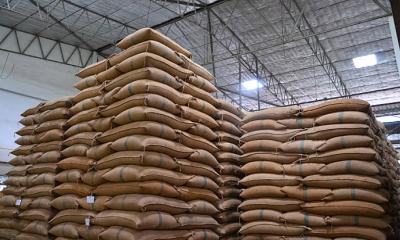
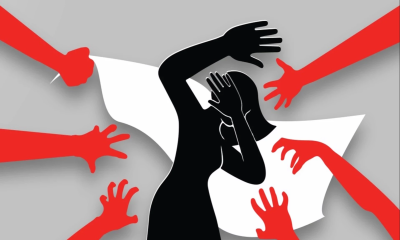
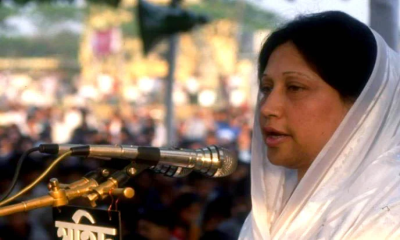
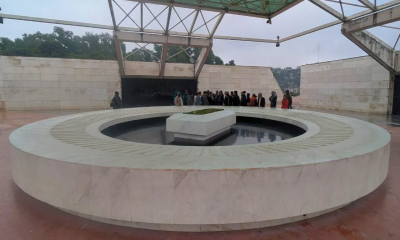
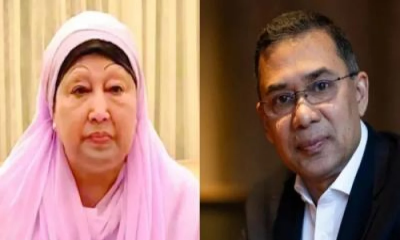
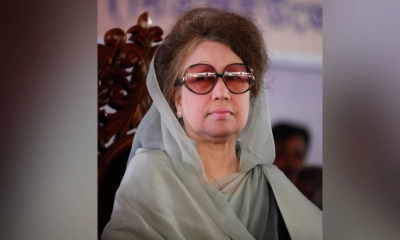

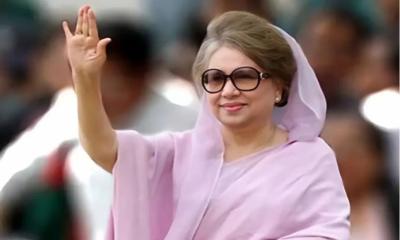
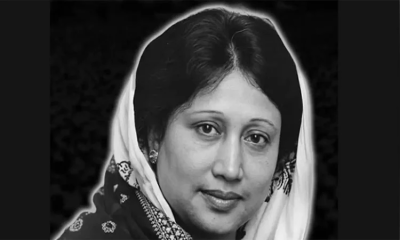
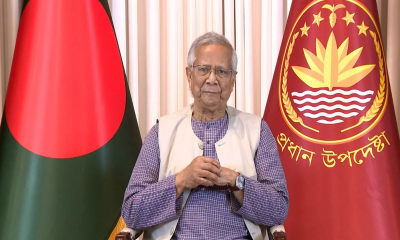
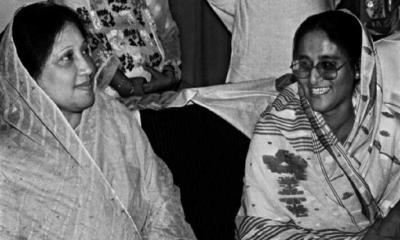
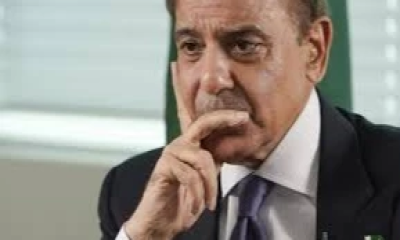
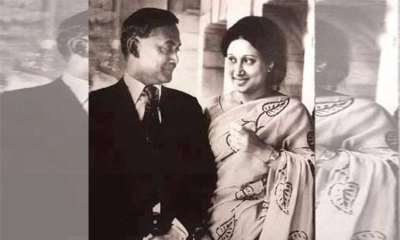
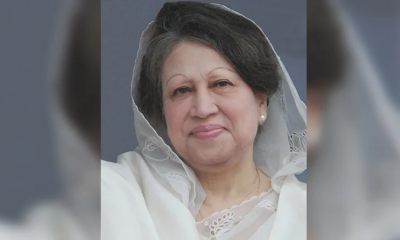
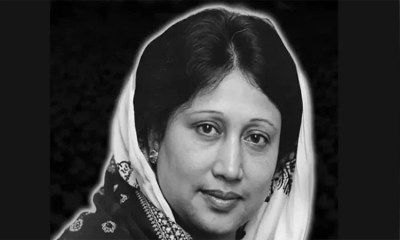

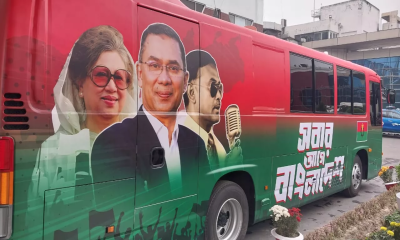
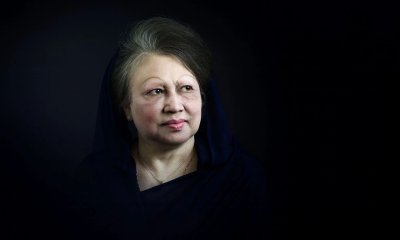
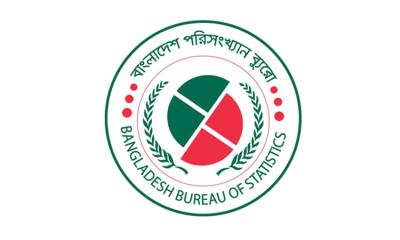

-20251227141313.jpeg)
